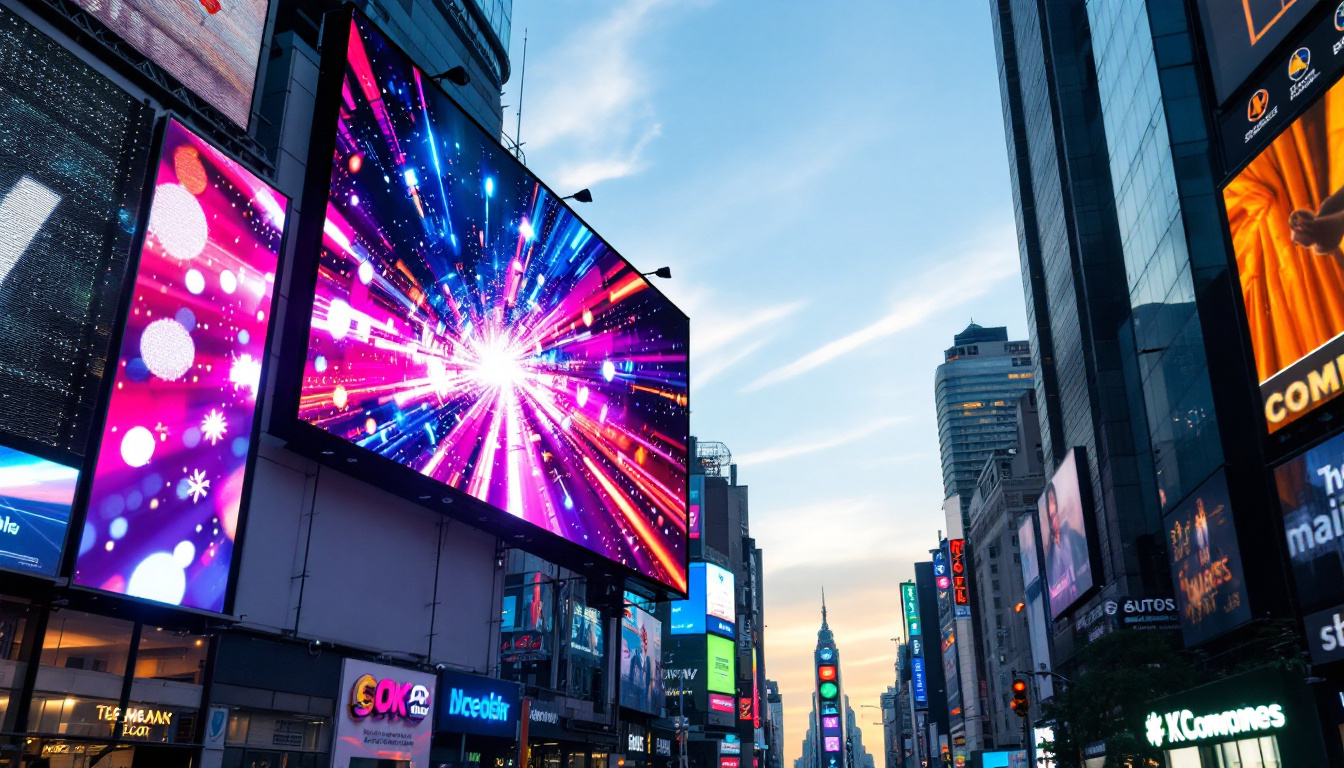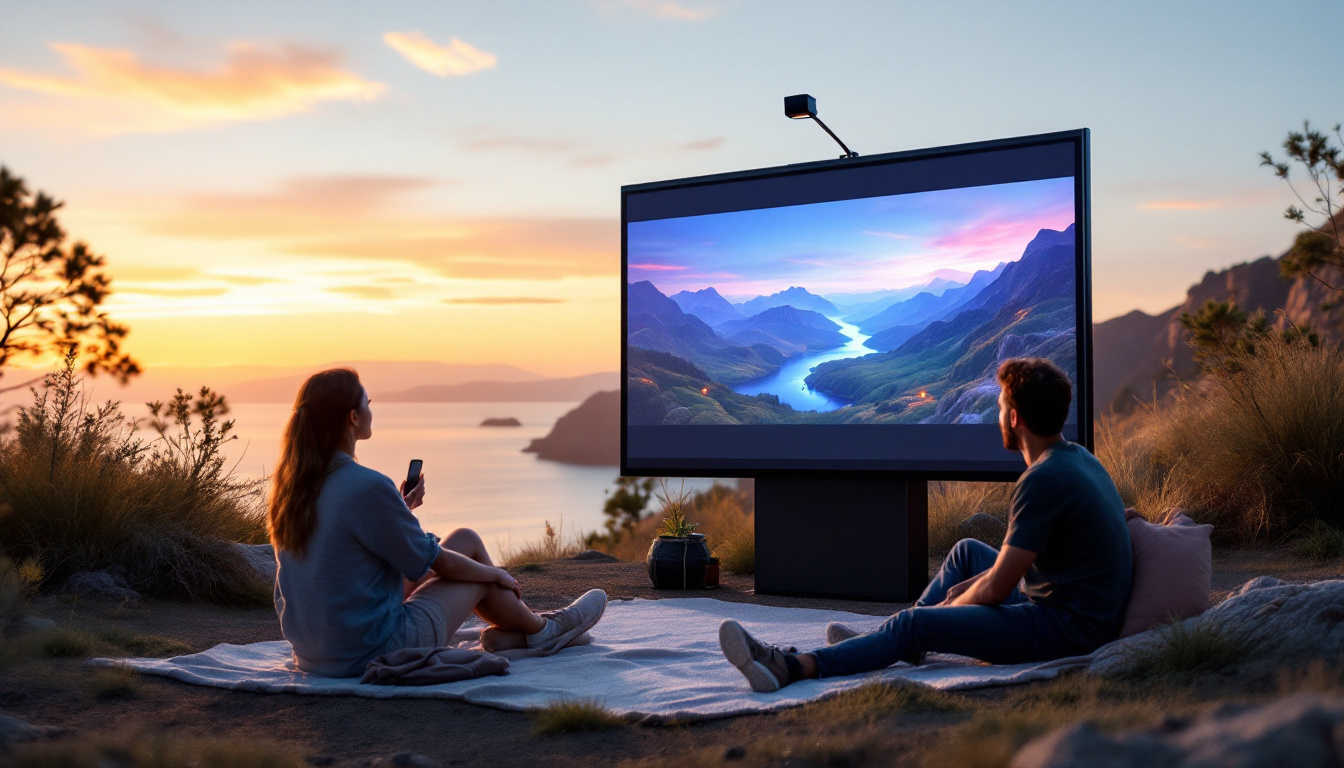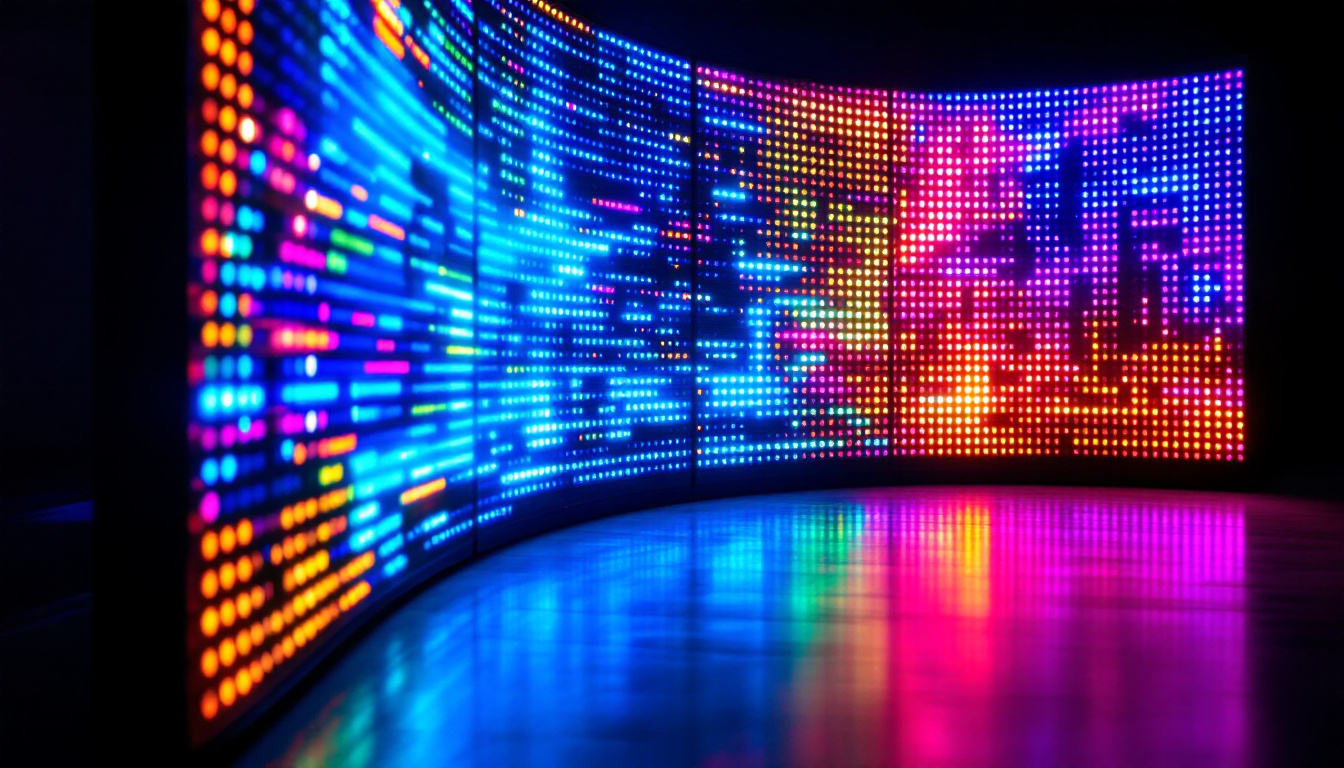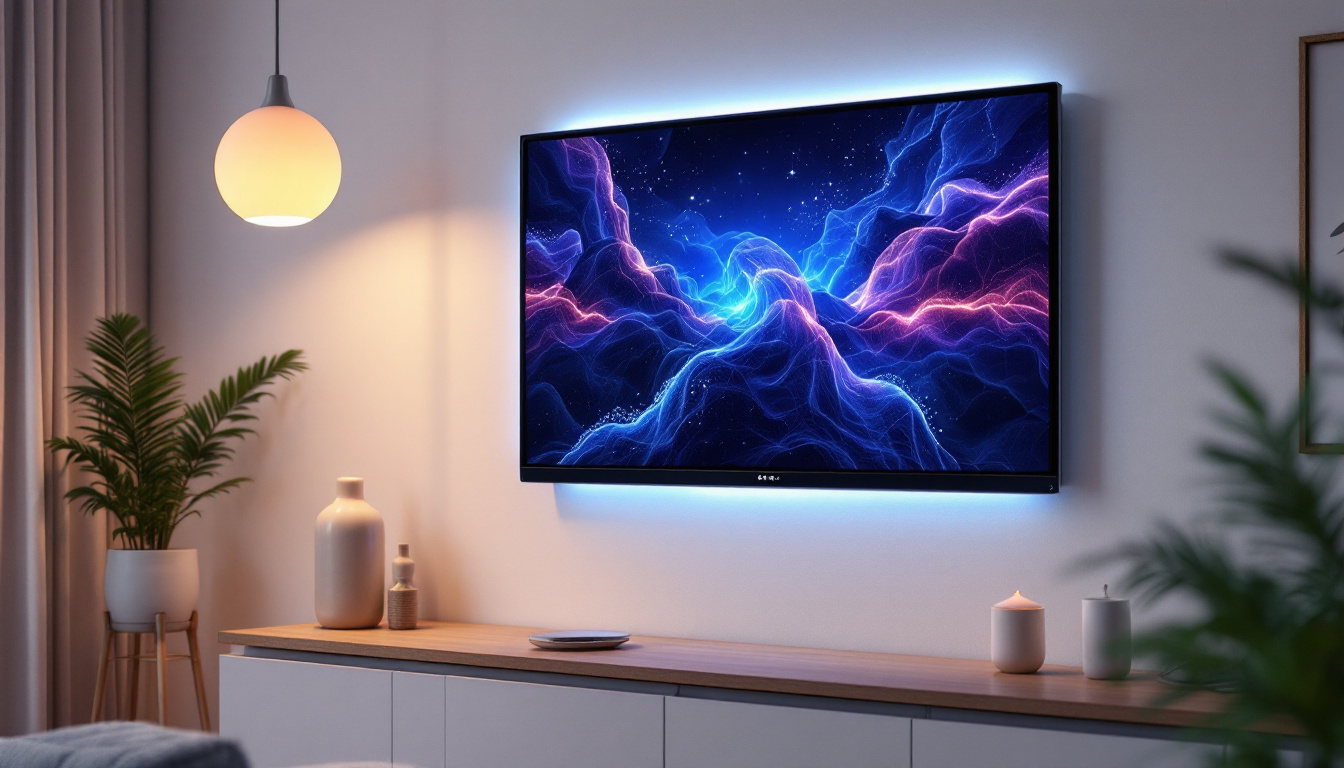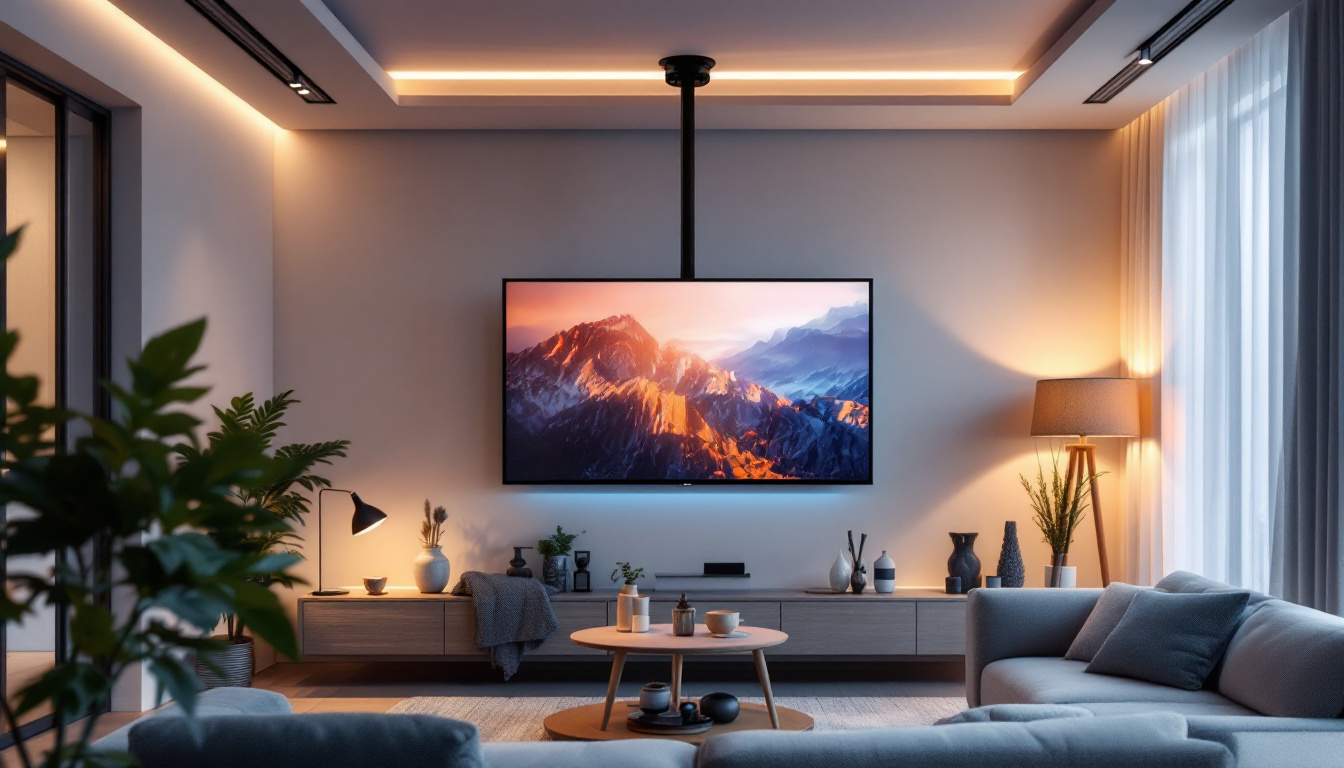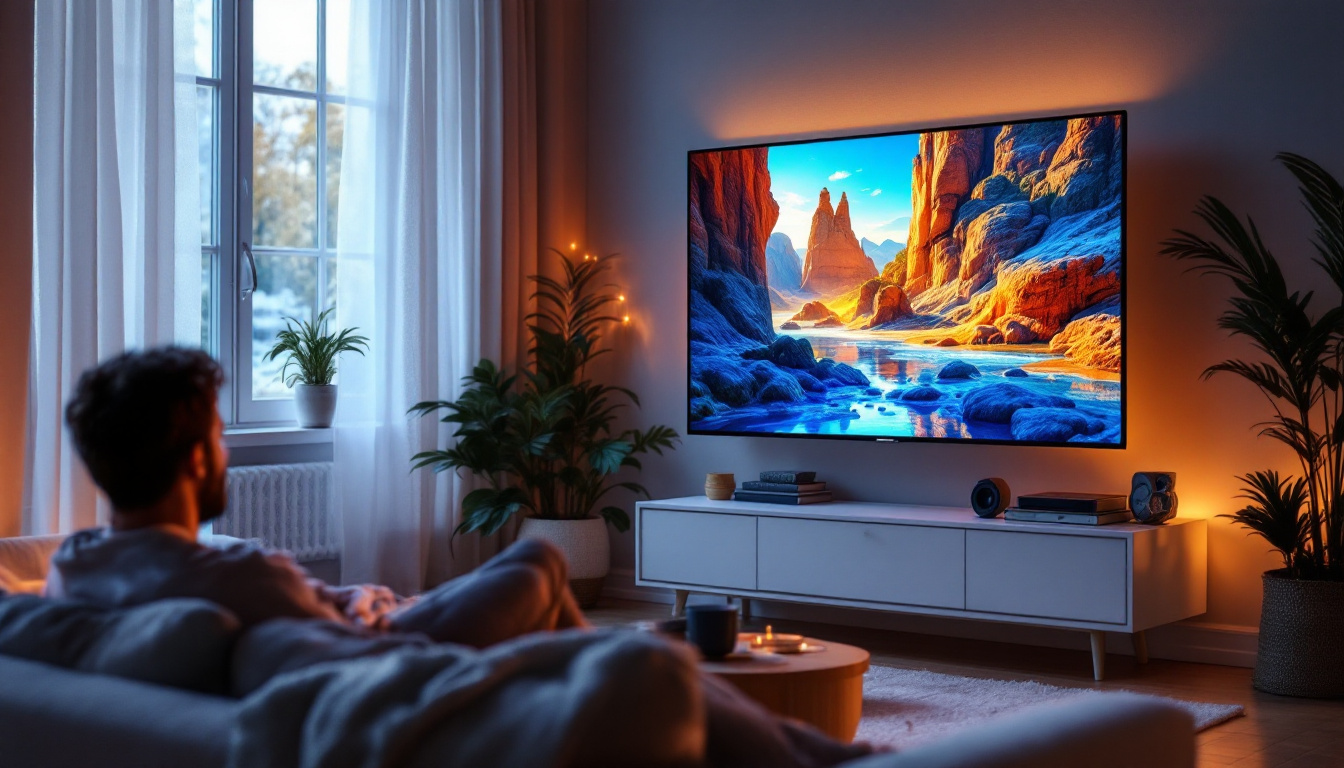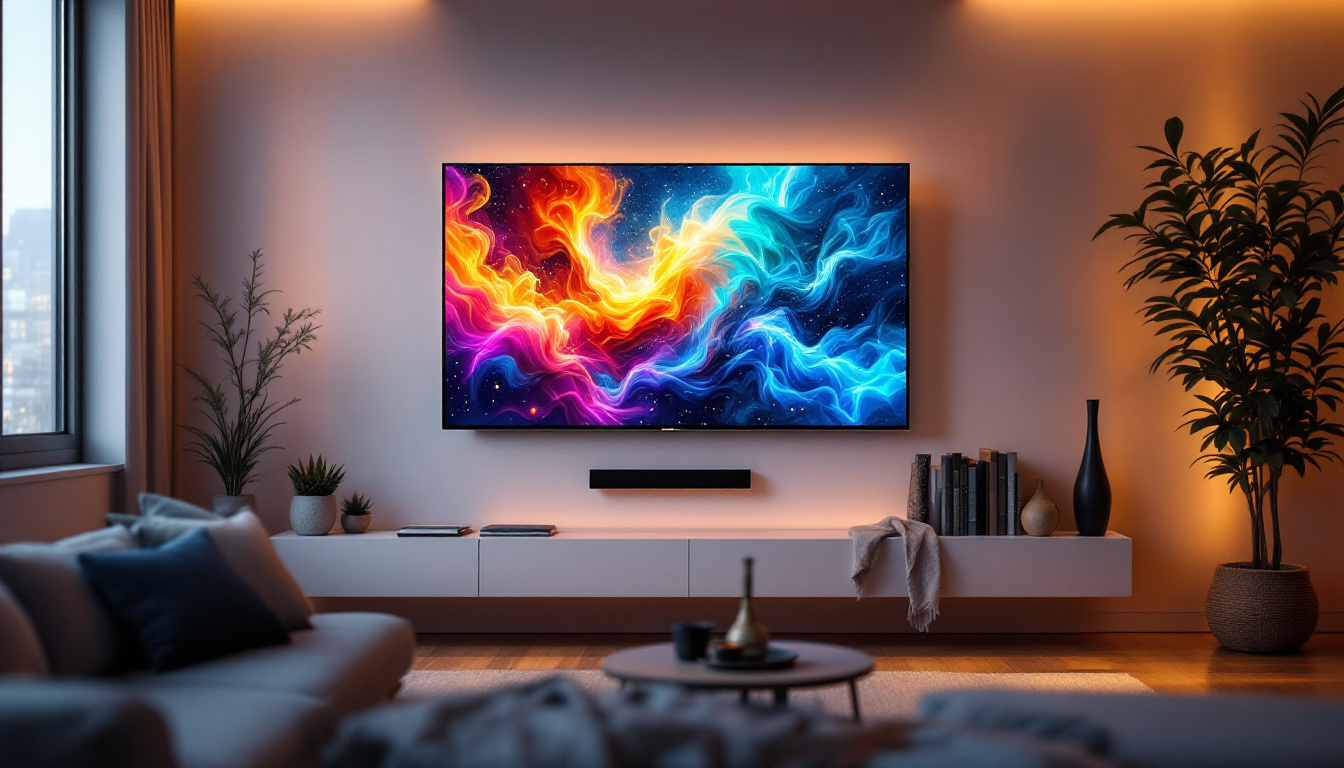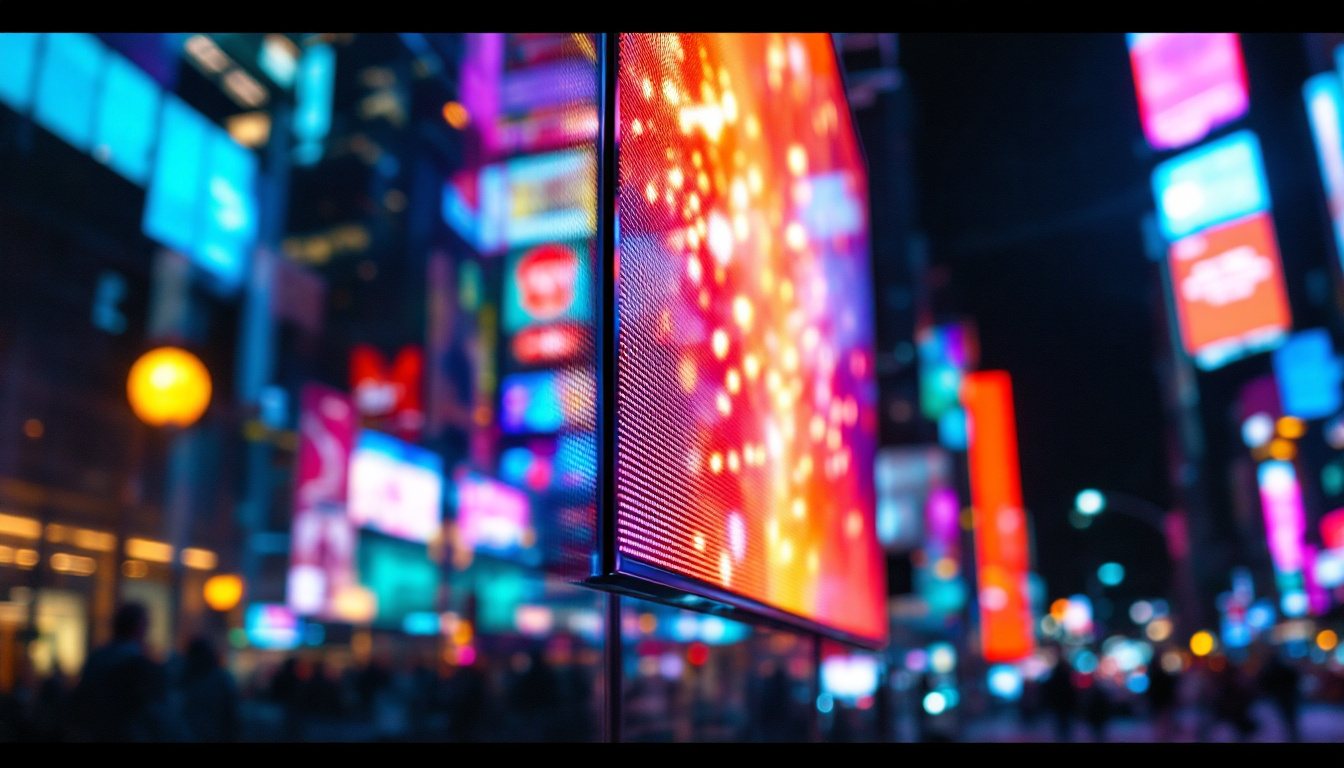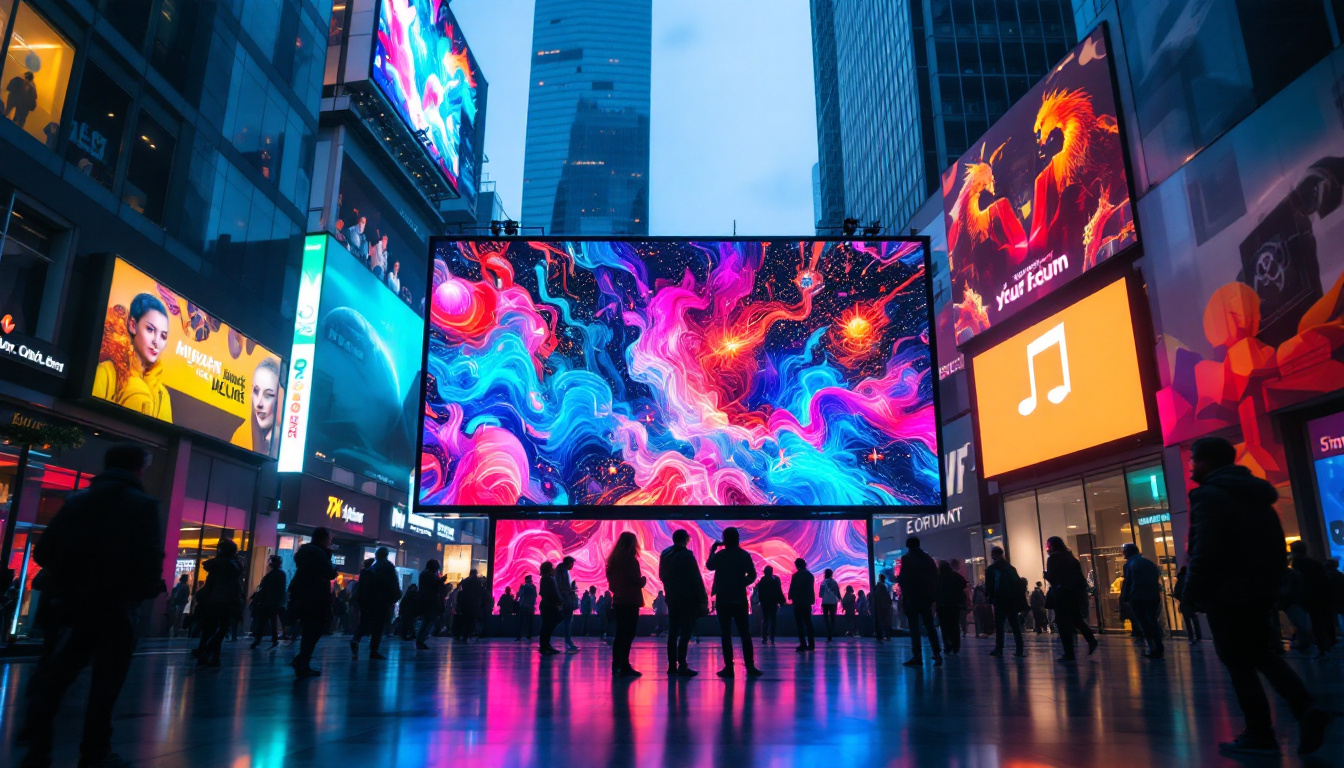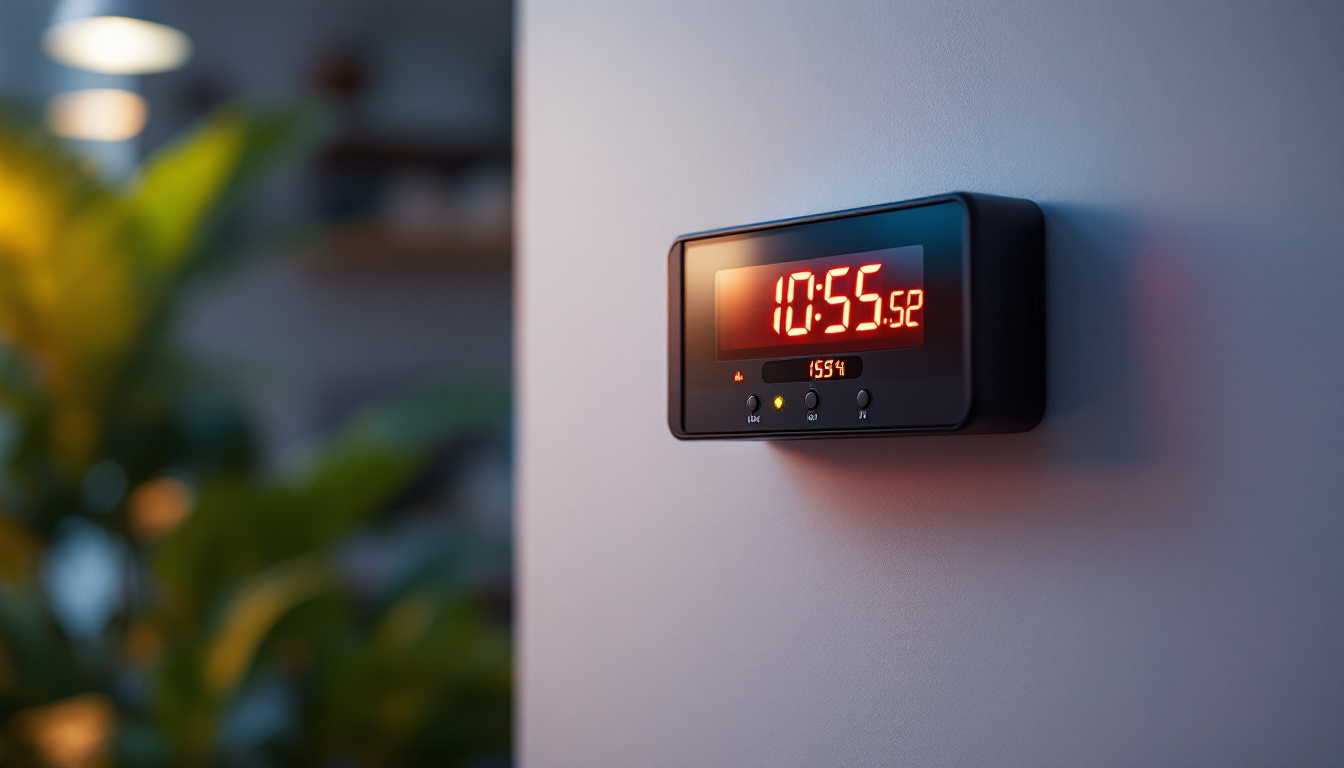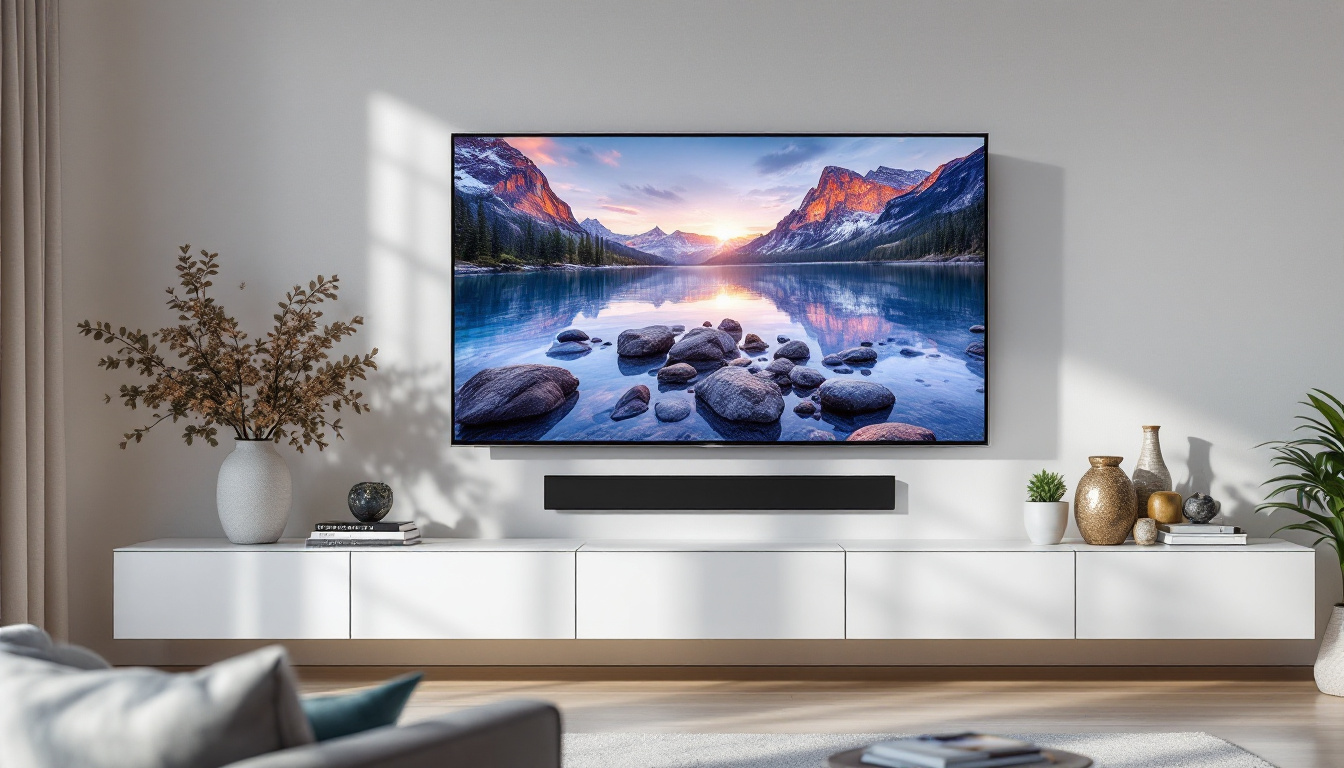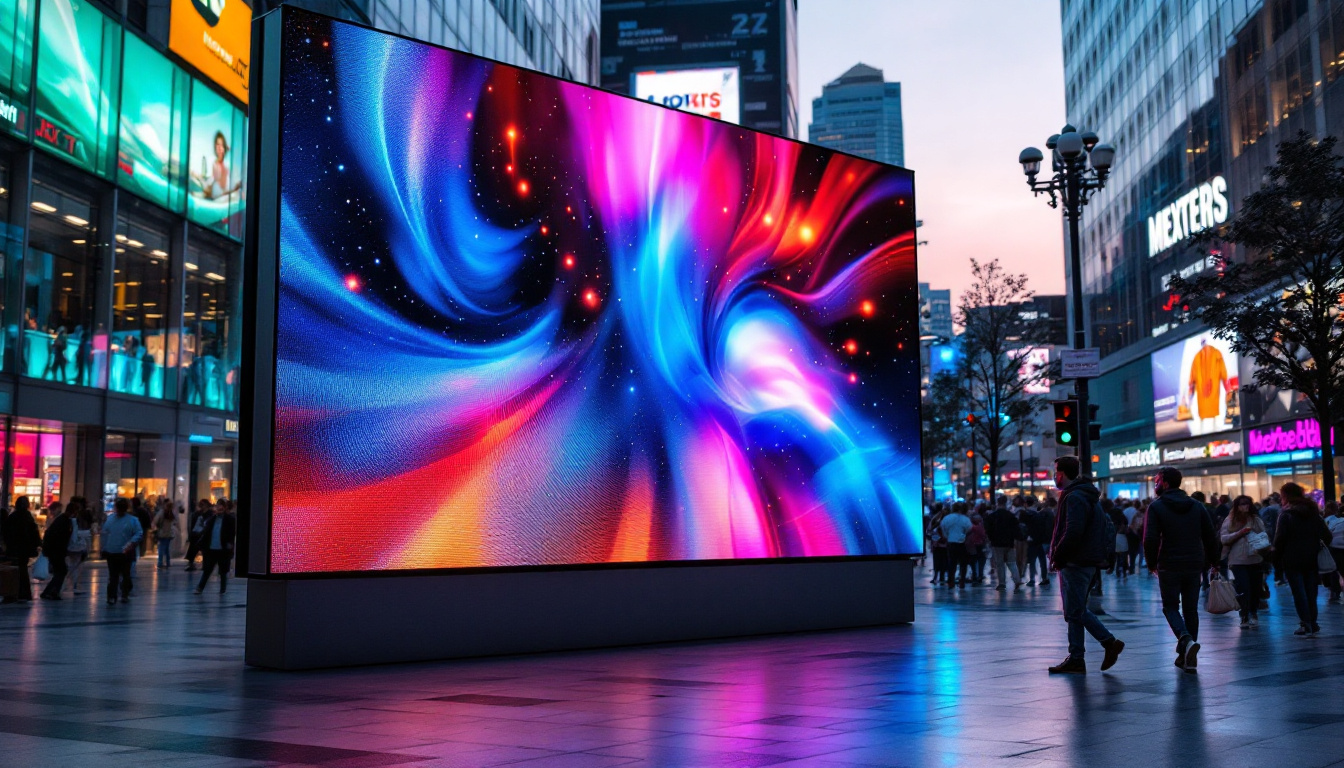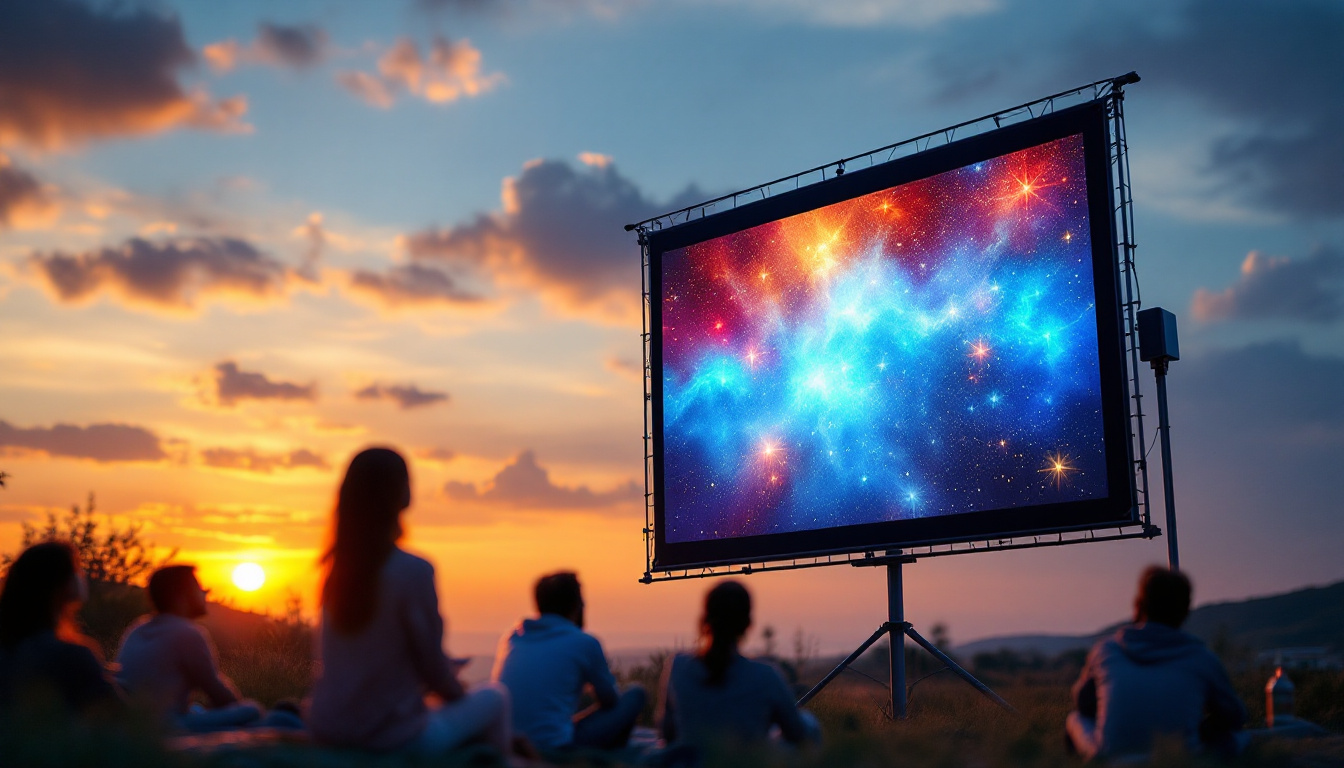In the ever-evolving world of technology, LED displays have become a staple in various applications, from advertising to personal electronics. One of the most significant advancements in this field is the height adjustment feature, which enhances user experience and accessibility. This article delves into the intricacies of height adjustment in LED displays, exploring its importance, mechanisms, and applications.
The Importance of Height Adjustment in LED Displays
Height adjustment in LED displays is not merely a convenience; it is a crucial feature that enhances usability and accessibility. Whether in a corporate setting, educational institution, or public space, the ability to modify the height of a display can significantly impact viewer engagement and comfort.
Enhancing User Experience
One of the primary benefits of height adjustment is the enhancement of user experience. When displays are positioned at the optimal height, viewers can engage with the content more effectively. This is particularly important in environments like conference rooms or classrooms, where clear visibility is essential for effective communication.
Moreover, adjustable displays can cater to a diverse audience. In settings such as museums or public exhibitions, where visitors of varying heights may interact with the display, having the ability to adjust the height ensures that everyone can enjoy the content without straining their necks or squinting to see details. This flexibility not only improves comfort but also encourages longer engagement times, allowing viewers to absorb information more thoroughly. For instance, interactive exhibits that allow for height adjustments can lead to a more immersive experience, as visitors can interact with the display in a way that feels natural and intuitive.
Accessibility Considerations
Height adjustment also plays a vital role in making technology accessible to individuals with disabilities. For instance, wheelchair users may require displays to be lowered to a level that is comfortable for them. By incorporating height adjustment features, manufacturers can create more inclusive environments, ensuring that everyone has equal access to information and entertainment.
Furthermore, adjustable displays can be beneficial in healthcare settings. Patients with limited mobility or those using assistive devices can interact with displays that are tailored to their specific needs, promoting a more user-friendly experience. In addition to physical accessibility, adjustable displays can also accommodate individuals with visual impairments by allowing them to position the screen closer or at an angle that minimizes glare. This adaptability is essential in creating environments where everyone feels welcome and empowered to participate, whether it’s during a medical consultation, a classroom lesson, or a community event.
Beyond physical adjustments, the integration of technology that allows for remote height adjustments can further enhance usability. For instance, smart displays equipped with sensors could automatically adjust their height based on the average viewer’s height in a given space, ensuring optimal visibility without manual intervention. This kind of innovation not only streamlines the user experience but also showcases the commitment to accessibility and inclusivity in modern technology design.
Mechanisms of Height Adjustment
The mechanisms behind height adjustment in LED displays can vary significantly, depending on the design and intended use of the display. Understanding these mechanisms can provide insight into how they function and their advantages.
Manual Adjustment
Manual adjustment is one of the simplest forms of height adjustment. This mechanism allows users to physically alter the height of the display by hand. While this method is straightforward, it may be less convenient in high-traffic areas or for displays that require frequent adjustments.
Manual systems often utilize a series of locking mechanisms to secure the display at the desired height. This can include knobs, levers, or even simple slide-and-lock systems. While effective, manual adjustments may not always be the most efficient solution in dynamic environments.
Electric Height Adjustment
Electric height adjustment systems have gained popularity due to their convenience and ease of use. These systems typically incorporate electric motors that allow users to change the height of the display with the push of a button. This feature is particularly beneficial in environments where displays need to be adjusted frequently or by multiple users.
Electric height adjustment systems can be designed to accommodate a wide range of heights, making them versatile for various applications. Additionally, many modern electric systems come equipped with memory settings, allowing users to save their preferred height for quick adjustments in the future.
Smart Height Adjustment
With the rise of smart technology, some LED displays now feature smart height adjustment capabilities. These systems often integrate sensors and artificial intelligence to automatically adjust the height based on user proximity or preferences. For example, a display may lower itself when a person approaches, ensuring optimal visibility without manual intervention.
Smart height adjustment not only enhances user experience but also contributes to energy efficiency. By automatically adjusting to the needs of the user, these systems can reduce energy consumption when the display is not in use or when fewer viewers are present.
Applications of Height Adjustable LED Displays
The applications of height-adjustable LED displays are vast and varied, spanning numerous industries and settings. Their versatility makes them suitable for both commercial and personal use.
Corporate Environments
In corporate settings, height-adjustable LED displays are often used in conference rooms and meeting spaces. These displays facilitate presentations, video conferences, and collaborative work. By allowing users to adjust the height, everyone in the room can maintain eye contact with the content, fostering better communication and engagement.
Moreover, in open office environments, height-adjustable displays can serve as information boards or digital signage, providing employees with real-time updates and announcements. The ability to adjust the height ensures that the information is visible to all, regardless of where they are situated in the office.
Educational Institutions
In educational institutions, height-adjustable LED displays are becoming increasingly common. Classrooms equipped with these displays can cater to a diverse range of students, including those with disabilities. Teachers can easily adjust the height of the display to ensure that all students can see the material being presented, promoting an inclusive learning environment.
Additionally, interactive displays that allow students to engage with the content can benefit from height adjustment. Students can participate in lessons more actively, enhancing their learning experience and retention of information.
Public Spaces and Events
Height-adjustable LED displays are also widely used in public spaces and events. From trade shows to concerts, these displays can be adjusted to suit the needs of the audience. For instance, at a trade show, exhibitors can modify the height of their displays to attract attendees from various angles, maximizing visibility.
In outdoor events, height adjustment can be crucial for ensuring that displays are easily viewable from a distance. This adaptability allows organizers to create immersive experiences that engage attendees effectively.
Challenges and Considerations
While height adjustment in LED displays offers numerous benefits, there are also challenges and considerations that manufacturers and users must address. Understanding these factors is essential for maximizing the effectiveness of height-adjustable displays.
Cost Implications
One of the primary challenges associated with height-adjustable LED displays is the cost. Electric and smart height adjustment systems tend to be more expensive than manual systems. For organizations with budget constraints, this can pose a significant barrier to implementation.
However, it is essential to consider the long-term benefits of investing in height-adjustable displays. The enhanced user experience and accessibility can lead to increased productivity and engagement, ultimately justifying the initial investment.
Maintenance and Durability
Another consideration is the maintenance and durability of height-adjustable systems. Electric and smart mechanisms may require regular maintenance to ensure they function correctly over time. Users must be aware of the potential for wear and tear, particularly in high-traffic environments where displays are frequently adjusted.
Manufacturers can mitigate these concerns by designing robust systems that can withstand the rigors of daily use. Additionally, providing clear maintenance guidelines can help users keep their displays in optimal condition.
The Future of Height Adjustable LED Displays
The future of height-adjustable LED displays looks promising, with ongoing advancements in technology and design. As user needs evolve, manufacturers are likely to continue innovating, creating even more versatile and user-friendly systems.
Integration with Smart Technologies
As smart technology continues to permeate various aspects of daily life, the integration of height-adjustable LED displays with smart home and office systems is expected to become more prevalent. This could lead to displays that automatically adjust based on user preferences, time of day, or even ambient lighting conditions.
Such advancements could further enhance user experience, making displays more intuitive and responsive to individual needs. The potential for seamless integration with other smart devices could also create new opportunities for interactive and engaging content delivery.
Focus on Sustainability
With a growing emphasis on sustainability, manufacturers are likely to prioritize eco-friendly materials and energy-efficient designs in height-adjustable LED displays. This shift could lead to products that not only meet user needs but also contribute to environmental conservation efforts.
By adopting sustainable practices, manufacturers can appeal to a more environmentally conscious consumer base, positioning themselves as leaders in the industry.
Conclusion
Height adjustment in LED displays is a vital feature that enhances user experience, accessibility, and engagement across various applications. From corporate environments to educational institutions and public spaces, the ability to modify the height of a display can significantly impact how content is consumed and interacted with.
As technology continues to advance, the future of height-adjustable LED displays appears bright, with innovations in smart technology and sustainability paving the way for even more versatile solutions. By understanding the mechanisms, applications, and challenges associated with height adjustment, users can make informed decisions that enhance their interactions with LED displays.
In an increasingly digital world, height-adjustable LED displays stand out as a testament to the importance of user-centric design, ensuring that technology remains accessible and engaging for everyone.
Discover Height-Adjustable LED Solutions with LumenMatrix
Ready to elevate your visual experience with height-adjustable LED displays? LumenMatrix is at the forefront of LED display innovation, offering a diverse range of solutions tailored to meet your needs. From captivating Indoor LED Wall Displays to dynamic Outdoor LED Wall Displays, and from versatile Vehicle LED Displays to engaging LED Sports Displays, our mission is to transform your visual communication. Embrace the future of display technology and check out LumenMatrix LED Display Solutions today to see how we can help you share your message with unparalleled impact and clarity.








